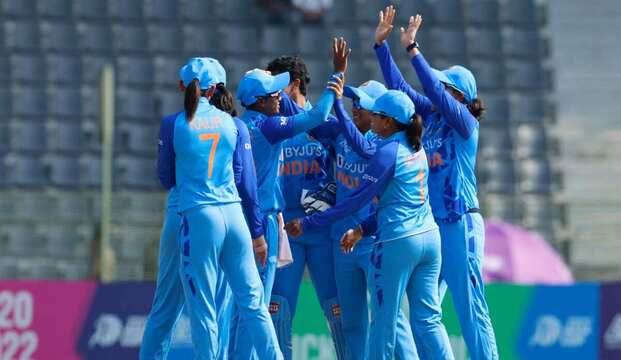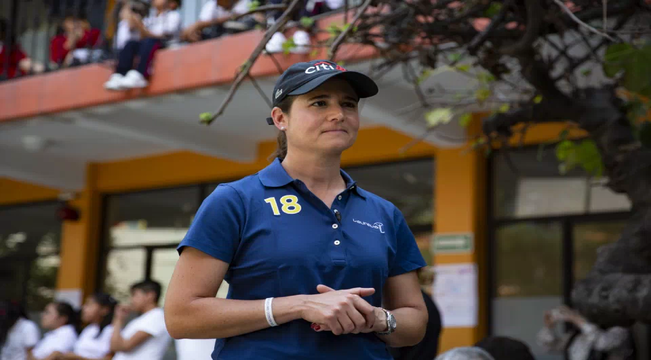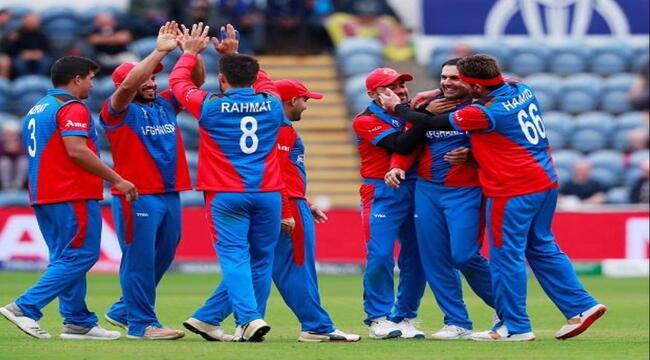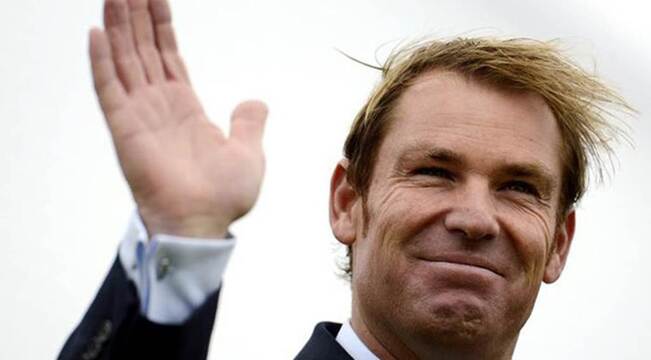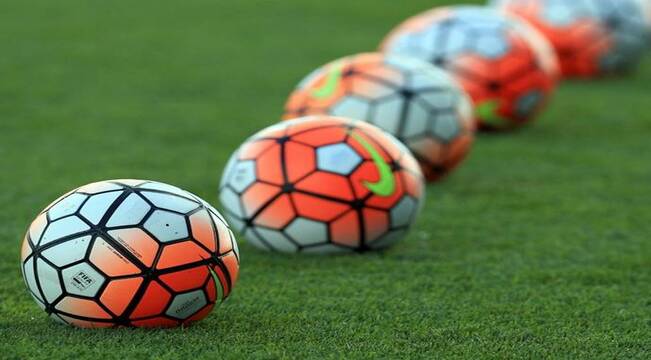New Delhi, August 03, 2020: In the six seasons of Indian Super League (ISL), FC Goa has achieved the top four spot in five of them, in fact they topped the standings twice. They were also runners-up twice in the competition’s final. Last year, they were the best side in the league, winning 12 matches out of 18 and securing a spot in the group stage of the AFC Champions League.
Although they are yet to win the ISL trophy, FC Goa has been one of the most consistent teams since the inception of the league. The team’s brand of football, especially under former coach Sergio Lobera, has been revelled while their recruitment strategy has also been on the mark.
Ravi Puskur, FC Goa’s director of football, recently spoke to Firstpost about the team’s success on and off the pitch, the ambitions for the upcoming season and the rebuilding process under new head coach Juan Ferrando.
Excerpts:
FC Goa has been a success story on and off the field. Be it about establishing an identity or performances on the pitch. Is there a particular blueprint the club has been following?
There’s no such blueprint. It all stems from our owners. Our owners came in season three, and there was a bit of a gap between season three and four. So it allowed them to understand the nuances of what is happening at the club. To understand the best practices and everything. So then we decided on a vision. What we want to do for the club going forward. And it was not supposed to be for a year or two but to be a long term project. Something that allows us to build a solid foundation.
The first thing we discussed was what do we need to do to improve Indian footballers and particularly, Goan footballers. And how does that resonate from the style of football we wanted to play. One thing we understood was that we needed to play a style of football where a player has to be on the ball as much as possible. Because the only way a player can improve is not by running more kilometres and kilometres aimlessly. It’s by him making smarting decisions on the ball and off the ball. We do not believe that a player has to run 20kms to have a successful game. A player can run five minutes, and if he does that extremely well, attacking the right spaces, taking up the ball at the right moments and making the right decisions, it can have an impact. So based on that, we decided we wanted to have players on the ball.
Because the more touches you have on the ball, the longer you spend on the ball, the more advanced your thinking of your game gets. You are not just thinking about the kilometres to run but also about space, distance and time. This is what we wanted to do at the first team level to start the trend. And the key factor is all of these is having a youth development program, which also replicated the same things. You can’t expect a player who has been playing a completely different style to come in and adapt to our style because it’s not easy to pull off. It requires a lot of practice and understanding of the game. It’s not a blueprint as such we copied but the idea comes from the fact that what we need to do to develop Indian football and especially Goan footballers.
This is not just for five-five years. Internally, we have goals set for 10 years. While the goals can differ in terms of financial objectives and other such things but one thing that will have a continuous presence is the style of football. Because we are convinced that this is the best way to develop players.
You spoke about developing Indian players and especially Goan footballers. But at the end of the day, ISL is a competition with stakes involved, like winning the trophy and qualifying for the AFC Champions League. How do you intend to strike this balance of developing players but also winning?
Look, that is the ultimate goal. Being able to produce quality players but at the same time be competitive. It’s not an easy task. It’s a balancing act. What that requires us to do is communicate effectively to the first team and youth development and ensure all of us are on the same page. Players progression is very important to us but also winning. If it feels like a player who is possibly leaving, there’s a certain position to be filled, we will obviously look internally for replacement. If we can’t do that then we have to look outside.
What is a priority? The priority is to balance both. We want to win trophies and the more we win trophies, the players will feel more confident and also the club becomes a great destination for players from both India and outside India as well.
Recruitment has also been a big positive for the club. Does the club always recruit players thinking about their long-term objectives and where does the role of head coach come in this aspect?
What is fundamental is that the head coach, the club and everybody in the recruitment team are on the same page. If we do that, then it is no longer a rocket science. Ideally, a coach should be able to tell us that this is the sort of player I am looking for. Let’s take an example of a striker. A coach should be able to tell us what kind of a striker he is looking for. Is he looking for a big target man? Because he knows how the puzzle pieces will fit on the pitch. His job is to fit them together and get the best result. He has to tell us whether he is looking for a striker who’s big and strong, With his back to the goal, he links up the play etc. Or is he looking for a striker who’s playing the last man on the line. Always trying to beat the offside trap, exploiting spaces, running the channels. Always attacking the goal and taking the defenders on rather than just being a link up man.
So once we have clarity on what a coach expects from a player, our job is to find the best profile that fits the requirement. Not only we assess the playing quality of a player but also how the player will adapt to the Indian conditions. We have to factor all these things into account because ensuring a player is successful on the pitch also has a lot to do how he is feeling off the pitch.
In terms of recruiting at a younger age, to be honest, you’ll never get a perfect player. We try to identify the traits in the player that works best in our system. Or rather, we see if there’s a potential to improve. We see if the player’s skill set can be taken to the next level.
Can you tell me about the new head coach Juan Ferrando? The story behind his hiring and his vision to take the club forward.
Juan Ferrando’s appointment was in works for the three and a half to four months. Even when we narrowed down the list of candidates from 100 plus to last four or five, we made it a point to speak to them at least twice or thrice. And it was different levels of conversation. First it was with me and then the owners were involved and then there were people in the recruitment team talking. It was for us to get to know the person as best as possible and also for them to know what we are trying to achieve here.
Juan was somebody who bought into the process of what we are trying to achieve and who shared our vision. He is a coach who always tries to work with the youth, integrate them into the first team and that is a big part of our vision as well. Juan buying into that was a big plus point. Juan is also somebody who identifies with our style of football. Promoting young players was just one factor. We have a foundation built for ourselves. In the last two-three seasons, we have seen success with the first team and with the youth team, so it’s also about taking them to the next level. We felt Juan was somebody who could do that.
So, when you try to recruit foreign players and coaches, especially from Europe, is it hard for you to convince them to come to India and play football?
To be completely honest, it is changing quite a bit. When we first started having foreign players on our shores, it was a bit like ‘we are going to this exotic league where we don’t know how it is going to be’. They had the typical image of how India is going to be like. Over the years, players have come and seen what India can offer in terms of playing quality, the way the players are treated and the footballing challenges. Now players from Spain’s Segunda Division are asking if there are attractive offers from India. It is a league that is financially more attractive compared to what they are earning in Spain and also they want to see what it is like (playing in ISL) because it’s a road less travelled.
If you see the profiles of the players who are coming here, it is changing. When the ISL began, foreign players’ average age was around 34 or 35. Now the average would’ve reduced by three-four years. So, it was difficult in the beginning but it has steadily improved. When we target coaches, we try to bring in somebody who is young, hungry and wants to prove himself. Obviously Zico was an extremely high profile appointment. But ever since then, we tried a different trend. We tried to bring coaches who are hungry to prove but also have proven already in the past in terms of results and everything. The process is definitely getting easier for sure.
What are the club’s ambitions for the upcoming season? And is it a worry that a few key players will not be present for the next season?
The ambition has never changed for FC Goa as a club. Over the past six years, we have proven that we are the most consistent team in the ISL. We will continue to do that in the next season as well. We are a team that will be competing for the top honours. That will never change. The owners have always said that FC Goa should be an admired club but FC Goa should also be a winning club. We have the AFC Champions League as well so obviously we want to put up our best foot forward given the fact that it’s not just Goan fans’ eyes but the entire country will be watching.
In terms of players leaving, we are not worried. We are actually quite excited at the prospect of replacing these players. When players like Ahmed Jahouh, Mourtada Fall, Coro and Lanza (Manuel Lanzarote) first came in, they were unknown. What have they done since they came to FC Goa? They became household names. We actually relish that challenge. While we are a club that wants to compete and spend adequately, we also believe in getting the correct value for players that we bring on board. We want to do smart business. We have to be a sustainable, economical club where we want to ensure we are not spending beyond our means.
We are not worried at all. Ultimately, if you see the global pattern of footballing cycles, they tend to last three to four seasons. Because sometimes, the ideas go stale or results don’t go in the right way. For one reason or the other, cycles are not lasting according to the reports published in firstpost.com.
So the management had anticipated that FC Goa will have to go through a rebuilding process this season?
See, what is the one thing that never stops? Time. Time also means ageing of players, thinking of new ideas etc. We had rough ideas. We know what is going to cost us if we are going to keep certain players. We had the conversations. My work for season 2021-22 will start the day I signed the last foreign player this season. Immediately we are thinking about the future.
In an ideal scenario, what we try to do is for every position, we have three or four backups lined up in case somebody decides to leave or transfer out etc. That’s the only way you remain stable in the market. It is by knowing what is out there, gathering as much knowledge as possible to ensure that should anything happen, it doesn’t come as a shock to us.
With the entry of City Football Group, owners of Mumbai City FC, the financial power equation has come into picture. With better budgets, teams can acquire top talent. Do you think it’s a concern for your club and in general to the level-playing field in the league?
It’s not a concern as such because the transfer market is very fluid. Yes, economics do play a big factor in terms of player movements and all. But, we have to look at it this way: what is the level of the league, what we need to do to succeed in the league and how we can identify the right players. Yes, you can get quality players by paying a huge amount of money. How we would want to deal with it is by identifying players with a similar level of performance without spending as much money as other teams are spending. We want to spend but we want to do it responsibly.
Sure, there are clubs with financially bigger appetites but that’s the reality now. We have to now adapt and see what works best for us. We know the reality that exists and how do we position ourselves in the league to remain competitive. And it’s simple. We have to develop our own players. We have to develop our own players to the point where every time we need a replacement, I can look internally rather than compete with the clubs in the market and find direct replacements.




















